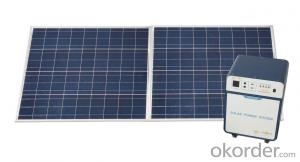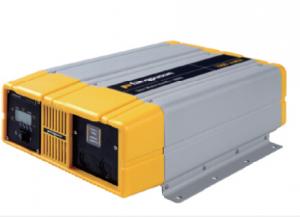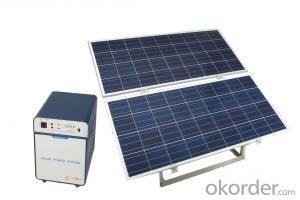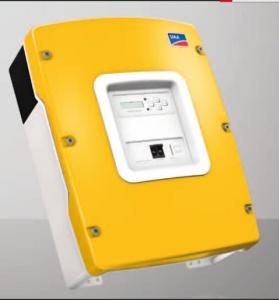20kw Off Grid Solar Inverter
20kw Off Grid Solar Inverter Related Searches
Led Light Bulbs For Ceiling Fixtures Led Lamps For Ceiling 42 In Ceiling Fan With Light Parts For Light Fixtures Light Projector For Christmas Grill With Led Light Bar Hanging Lights For Kitchen Bar Ceiling Lights For Sitting Room Ceiling Brackets For Lights Ceiling With Led LightsHot Searches
Aluminium Wire Mesh Manufacturers India Ceiling Fan Lowest Price Aluminium Scaffold Planks Sale Aluminium Walkway Mesh Prices Aluminum Bar Stock For Sale High Mast Light Price List Solar High Mast Light Specification High Mast Light Specification 6061 Aluminum Bar Stock Price Aluminum Bar Stock Price Stage Light Price Solar Inverter Fault Light Led Light Manufacturers Aluminum Round Bar Stock Sizes Aluminum Round Bar Stock Near Me Ceiling Fan Lowest Price Aluminum Flat Bar Stock Near Me Aluminum Bar Stock Sizes Aluminum Bar Stock Suppliers Aluminum Bar Stock Near Me20kw Off Grid Solar Inverter Supplier & Manufacturer from China
Okorder.com is a professional 20kw Off Grid Solar Inverter supplier & manufacturer, offers integrated one-stop services including real-time quoting and online cargo tracking. We are funded by CNBM Group, a Fortune 500 enterprise and the largest 20kw Off Grid Solar Inverter firm in China.Hot Products
FAQ
- The role of a solar inverter in a battery storage system is to convert the direct current (DC) electricity produced by the solar panels into alternating current (AC) electricity, which is compatible with the electrical grid and can be used to power household appliances or feed back into the grid. Additionally, the solar inverter manages the charging and discharging of the batteries, ensuring efficient energy storage and usage.
- Yes, a solar inverter can be used with a solar-powered heating system. A solar inverter converts the DC power generated by solar panels into AC power that can be used for various applications, including heating systems. By connecting the solar inverter to the solar panels and the heating system, the generated solar power can be efficiently utilized to provide heat for the system.
- Yes, a solar inverter can be used with a solar-powered waste management system. A solar inverter is used to convert the direct current (DC) electricity generated by solar panels into alternating current (AC) electricity that can be used to power various appliances and systems. In the case of a solar-powered waste management system, the solar inverter would be an essential component to convert the DC power generated by the solar panels into the AC power required to operate the waste management equipment.
- Yes, a solar inverter can be used for both residential and commercial applications. Solar inverters are designed to convert the DC electricity generated by solar panels into AC electricity that can be used to power homes or businesses. They can be scaled to accommodate the specific energy needs of residential or commercial properties, making them suitable for various applications.
- The role of a power monitoring feature in a solar inverter is to constantly monitor and measure the amount of power being generated by the solar panels. This feature allows users to track the performance of their solar system, detect any issues or malfunctions, and optimize the energy output for maximum efficiency. It provides real-time data on the power production, enabling users to make informed decisions regarding energy usage and grid integration.
- A solar inverter is designed to handle voltage and frequency variations caused by sudden load changes in an efficient and reliable manner. When sudden load changes occur, the solar inverter employs various control mechanisms to regulate and stabilize the voltage and frequency output. Firstly, the inverter continuously monitors the voltage and frequency of the incoming solar power. If there are any variations due to sudden load changes, the inverter adjusts its internal control systems accordingly. It uses advanced power electronics and control algorithms to maintain the voltage and frequency within the desired range. To handle voltage variations caused by sudden load changes, the solar inverter employs a technique called voltage regulation. It automatically adjusts the output voltage by either boosting or reducing it as needed. This ensures that the inverter provides a stable and consistent voltage supply to the load, preventing any damage or malfunction. Similarly, to handle frequency variations caused by sudden load changes, the solar inverter employs a technique called frequency regulation. It adjusts the output frequency to match the grid frequency or the specified frequency requirements. By maintaining the desired frequency, the inverter ensures compatibility and synchronization with the grid or other connected devices. In addition to voltage and frequency regulation, solar inverters also have protective features to handle sudden load changes. They have built-in overload protection mechanisms that can detect excessive loads and prevent any damage to the inverter or the connected devices. These protective features can include overcurrent protection, short-circuit protection, and temperature monitoring. Overall, a solar inverter is designed to handle voltage and frequency variations caused by sudden load changes through its voltage and frequency regulation capabilities, as well as its protective features. These technologies ensure stable and reliable operation, allowing the inverter to efficiently adapt to changing load conditions while maintaining the integrity of the power supply.
- Yes, a solar inverter can be used with a solar-powered agriculture system. A solar inverter is essential for converting the direct current (DC) electricity produced by solar panels into alternating current (AC) electricity required to power electrical devices and equipment used in the agriculture system. This allows for the efficient utilization of solar energy for various agricultural applications such as irrigation systems, pumps, lighting, and other electrical equipment.
- The role of a solar inverter in preventing system failures is to convert the direct current (DC) produced by solar panels into alternating current (AC) that can be used by household appliances and sent back to the electrical grid. By ensuring that the DC power generated by the solar panels is properly converted and synchronized with the grid, the inverter helps maintain the stability and reliability of the entire solar power system. Additionally, the inverter monitors the voltage, frequency, and overall performance of the system, allowing it to detect and respond to any potential issues or faults that could lead to system failures.













































